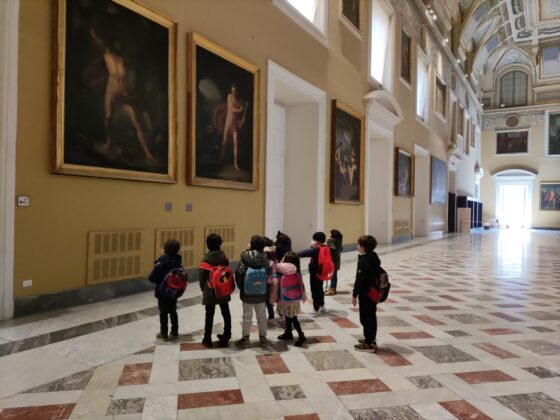Museo Archeologico di Napoli
With its rich and unique archaeological collections, the Museo Archeologico di Napoli is one of the most ancient and important institutes in the world. Its creation is closely tied to the figure of Charles III of the Bourbon dynasty, who ascended to the throne of Naples in 1734. He promoted the excavations of the Roman towns buried by the eruption of 79 AD, as well as the project of setting up a Museo Farnesiano, moving to Naples part of the rich collection he had inherited through his mother Elisabeth Farnese.
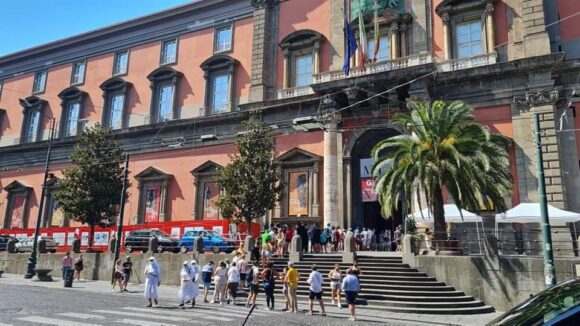

His son, Ferdinand IV, chose the current building to house both the Farnese collection and the relics from the Vesuvian towns, which are still today the Museum’s core collections. The palace, originally erected to host the royal cavalry barracks at the end of the 16th century, became the seat of the University of Naples from 1616 to 1777. When the University was moved elsewhere, the architects Fuga and Schiantarelli enlarged and refurbished the building.
Although the first galleries of the Museum were set up during the French Decade (1806-1815), with the Restoration of the Bourbons on the throne of Naples, in 1816, it became the Real Museo Borbonico. Initially conceived as an encyclopedic museum, it included different Institutes and laboratories (Royal Library, Drawing Academy, Officina dei Papiri, and an astronomical Observatory, never completed), which, at different times, were all moved to other locations.
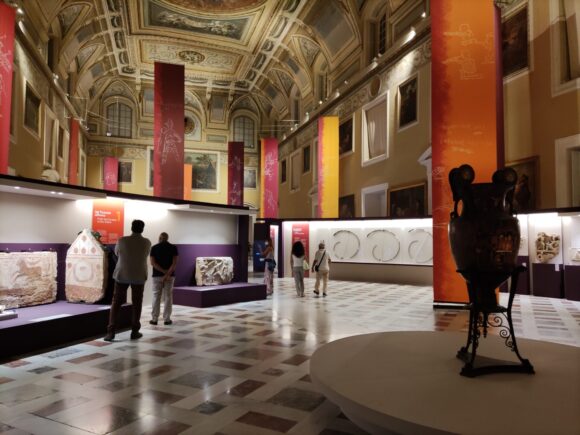
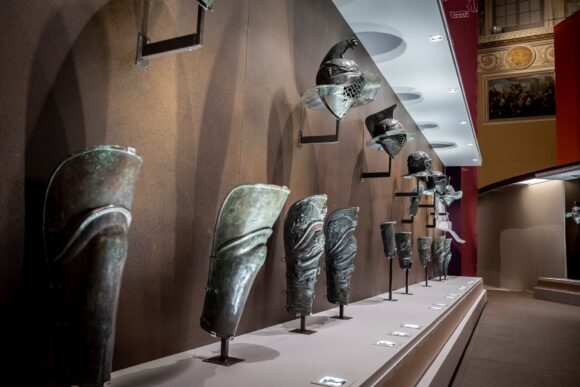
Thanks to the unification of Italy in 1860, it was renamed National Museum. Its collections were gradually expanded through the double acquisition of finds from excavations in Campania and Southern Italy, as well as from private collections. The transfer of all the paintings to the Museum of Capodimonte in 1957, determined its sole identity as Archaeological Museum.
The Egyptian collection of the Museum is only second to the Egyptian Museum of Turin in Italy, in terms of the importance of the antiquities on display. The vast epigraphic heritage of the museum was built up from the 18th century onwards, through both acquisitions on the antiquarian market and discoveries. It offers a snapshot of the main languages used in Central and Southern Italy in a period that goes from the 6th century BC to the 2nd century AD.
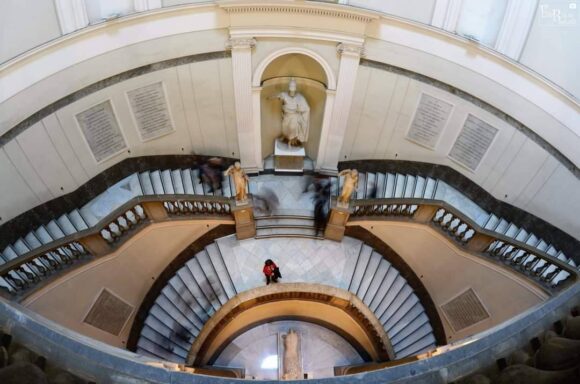

The new section, dedicated to Campania in the Roman age, is housed in the galleries on the ground floor and exhibits about two hundred objects from the main towns in ancient Campania, both from the Vesuvian area, like Pompeii and Herculaneum, and the Campi Flegrei. Cumae, Baiae and Pozzuoli, as well as some inland centers like ancient Capua, today called Santa Maria Capua Vetere. The Farnese collection is probably the most famous among Roman antiquities collections and it is fully rooted in the Renaissance milieu. MORE
